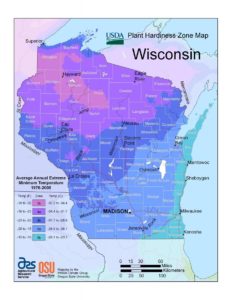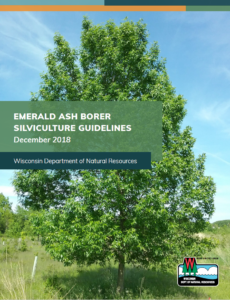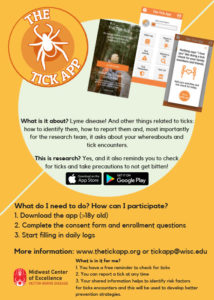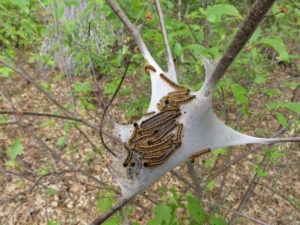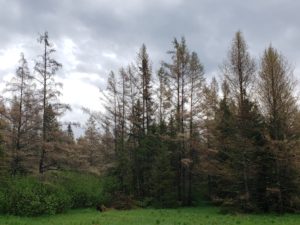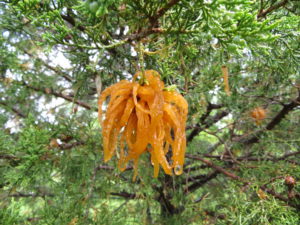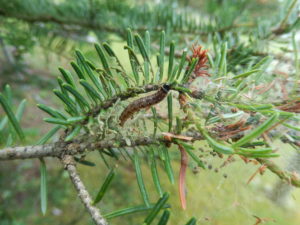Linda Williams, forest health specialist, Woodruff, Linda.Williams@wisconsin.gov, 920-360-0665
In early June we started getting reports of balsam fir trees rapidly changing from green to rusty red and dying in just a matter of weeks. Reports and observations are still coming in at the time of this writing, so this article gives a brief synopsis of what we’ve seen so far this year. Symptoms have been observed in some northern and central counties.
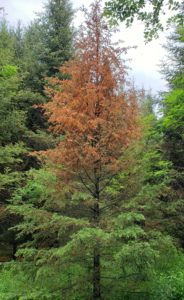
Some balsam fir crowns died rapidly this spring for reasons still being explored.

